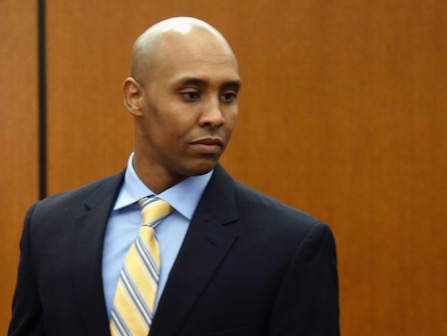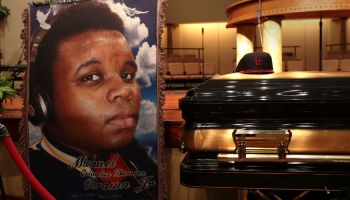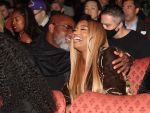
(AP Photo)
MINNEAPOLIS (AP) — Authorities found no forensic evidence that an unarmed woman fatally shot by a Minneapolis police officer had touched the police SUV that responded to her call about a possible rape near her home, a prosecutor told jurors in the former officer’s trial Tuesday.
Prosecutor Patrick Lofton’s comments in opening statements in the trial of Mohamed Noor seemed aimed at his partner’s assertion that he heard a thump before Noor shot Justine Ruszczyk Damond on July 2017 as she approached their SUV.
Noor, 33, who is Somali American, is charged with murder and manslaughter in the death of Damond, a 40-year-old dual citizen of the U.S. and Australia.
Lofton told jurors that Noor fired across his partner, Matthew Harrity, through an open driver’s side window “without saying a word.”
Damond had called 911 twice. She then called her fiance but hung up when officers arrived to investigate, Lofton said. Just 1 minute, 19 seconds passed from the time Damond hung up to the time she cradled a gunshot wound to her abdomen and said, “I’m dying,” Lofton added.
Damond, who was white, was a life coach and was set to be married the month after her death.
Noor has refused to talk to investigators. The officers did not turn on their body cameras until after the shooting, and there was no squad car video.
Prosecutors charged Noor with second-degree intentional murder, third-degree murder and second-degree manslaughter, saying there is no evidence he faced a threat that justified deadly force. They must prove he acted unreasonably when he shot Damond.
Minnesota law allows police officers to use deadly force to protect themselves or their partners from death or great bodily harm; Noor’s attorneys have said they plan to argue he used reasonable force and acted in self-defense.
Earlier Tuesday, Hennepin County District Judge Kathryn Quaintance relented on restrictions that would have prevented the public and media from viewing video evidence introduced in the case. That’s expected to include body-camera video that shows efforts to save Damond after she was shot. Quaintance had cited a desire to protect Damond’s privacy, but a coalition of media groups including The Associated Press had challenged the ban.
“The court, like the jury, must follow the law — even if I disagree with it,” said Quaintance.
Noor’s attorneys haven’t said whether he will testify. If he does, prosecutors may be able to introduce some evidence that the defense wanted to keep out of the state’s case, including that he has refused to talk to investigators. They also could bring up a 2015 psychological test that showed Noor disliked being around people and had difficulty confronting others. Despite that test, a psychiatrist found him fit to be a cadet officer.
The shooting, which got international attention, raised questions about Noor’s training . The police chief defended Noor’s training, but the chief was forced to resign days later. The shooting also led to changes in the department’s policy on use of body cameras.
It took a week to select a jury. After 75 prospective jurors answered questions about their views on Somalis and police officers, as well as their experiences with firearms, on-the-job training and other issues, 12 men and four women were selected Monday to hear the case. In the end, only 12 will deliberate and four will serve as alternates. The jurors include a firefighter and paramedic, an obstetrician-gynecologist, a civil engineer, a grocery store manager, a restaurant host, a carpenter and a Homeland Security immigration officer.
Six jurors are people of color, including two Filipino men, an Ethiopian man and a Pakistani woman.

















